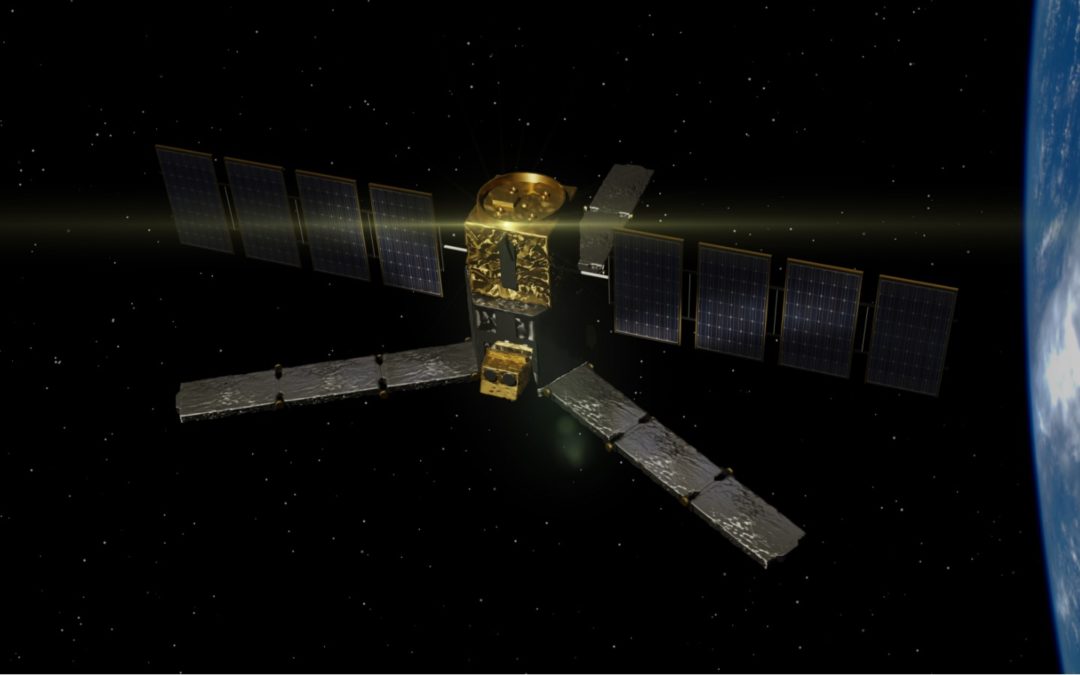We provide the automatic positioning tool which the SMOS team asked for to complete their SMOS FOS software.
ESA’s Soil Moisture and Ocean Salinity (SMOS) mission is dedicated to making global observations of soil moisture over land and salinity over oceans. Although other applications have recently been found, the main reason for measuring this two physical quantities is to achieve a further understanding of Earth’s water cycle. Moisture is an important aspect of climate and influences plants’ growth and ecosystems’ distribution about Earth. Salinity determines the thermohaline ocean circulation and regulates the CO2 uptake and release, therefore it has a great impact on the carbon and water cycles too. Detailed monitoring of soil moisture and ocean salinity around Earth will provide us with a better understanding of the water cycle and will help us to develop more accurate weather forecasting models. Moreover, SMOS data can be used by farmers all over the world to increase plantations efficiency.
SMOS was launched to a Sun-synchronous, quasi-circular, 758km-high orbit on November 2nd, 2009 by a Rockot rocket from the Plesetsk Cosmodrome in northern Russia together with the tiny satellite Proba-2. Once in orbit, SMOS deployed the three arms of its 8m-diameter Y-shaped main instrument MIRAS. Inspired by the legendary VLA (Very Large Array), MIRAS is a 1.4 GHz (L-band) interferometer consistent of 69 165mm-diameter antennas called LICEFs. These antennas mimic a much bigger antenna that measures soil moisture and ocean salinity by means of small differences in the microwave emissions of soil and water produced by small variations in moisture and salinity respectively.
To operate the satellite and use MIRAS’ observations the data flow must be completed. This starts with CNES’s (French National Centre for Space Studies) Satellite Operations Ground Segment (SOGS) in Toulouse sending the proper commands to successfully operate the satellite. While the satellite is properly functioning it uses its antennas to send telemetry information and MIRAS’s data to ground antennas at ESAC (European Space Astronomy Centre) in Spain and SvalSat (Svalbard Satellite Station) in Norway. This information is gathered up at the Data Processing Ground Segment (DPGS) at ESAC where it’s processed and distributed. Of course, the whole data flow works using 0’s & 1’s binary code, so much additional software and some user interfaces are needed for the SMOS team to operate the satellite, process and interpret the observations’ data and manage the whole SMOS project. SMOS FOS (Flight Operations Segment) software is used at SOGS & DPGS for these purposes.
On request of the SMOS team, we have collaborated to this software by, among other things, creating an automatic positioning tool. This tool, labeled “Where is SMOS?” shows in nearly real time, together with many other data, the position of the satellite in the globe. This is crucial, for example, to know in each moment to what antenna should the satellite be transmitting to and to be able to check that it is doing so.
 Images © Nubalo Studios – Space Robotics
Images © Nubalo Studios – Space Robotics

